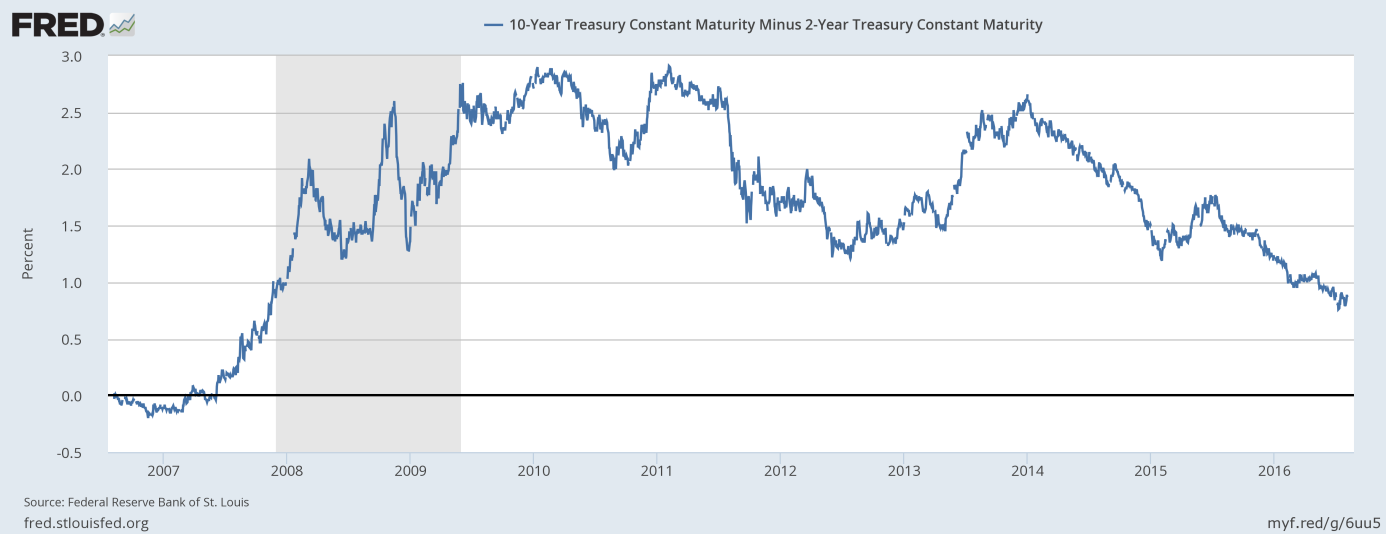Last month, the London Bullion Market Association published a new edition of its quarterly journal called “Alchemist.” What can we learn from this publication?
Desperation
In the recent edition, the most interesting article entitled “A Golden Opportunity: Desperation, Disinflation and Debt” was written by Jonathan Butler, a precious metals strategist at Mitsubishi Corporation RtM, who argues that the advent of negative rates presents a golden opportunity for non-interest bearing assets such as gold, and increasingly silver, to shine. According to him, each episode when interest rates were moved into negative territory, or when negative rates were talked about by central banks, was generally accompanied by an increase in risk hedging in gold. The reason behind such a response is the desperate message that negative rates send to the markets: that central banks are almost out of policy options. Thus, Butler is another analyst who considers gold as partially driven by faith that central banks have everything under control.
The next issue connected with gold and NIRP is the fear that central bank may lose control of events by pushing rates ever deeper below the zero bound. Investors are afraid of possible distortions created in the banking sector by negative interest rates. Indeed, some analysts warn that they will be inflationary, while others argue that negative rates are deflationary as they perversely make banks less willing to lend.
Another aspect of NIRP that in the longer term it is likely to be positive for gold is the massive increase in levels of public, private and corporate debt since 2008. In such an environment, it is very likely that interest rates will have to be kept very low for very long, until major economies deleverage. In other words, with debt at unprecedented levels, it will be even more difficult for central banks to ‘take the punchbowl away from this party’. Some analysts even believe that debts will be inflated away. Higher inflation is thus inevitable – and when it comes, it will give gold a chance to shine as an inflation hedge.
Disinflation
The interesting thing about negative rates is that they did not weaken local currencies. In fact, the opposite has largely been true. Between the announcement of negative rates in Japan in late January 2016 and the end of June, the yen actually appreciated 15 percent relative to the U.S. dollar, fueling further disinflation (i.e., falling inflation), as imports become cheaper. It means that NIRP may be with us for longer. The relative depreciation of the greenback is supportive for gold, however, it may increase the inflation and odds of the Fed hike a bit.
Debt Market Distortion
The quantitative easing and NIRP pushed down sovereign debt yields. There is almost $12 trillion worth of sovereign debt in the market with negative yields, which makes non-yielding gold and silver look even more attractive. Actually, the last time the market went so risk-averse (and the gap between 10-year and 2-year Treasury yields was so narrow) was in early 2008 just before the global financial crisis, as one can see in the chart below. Moreover, some investors looking for yield are going into more risky assets, like junk corporate bonds. Some of them need to be hedged – and gold is a perfect hedge.
Chart 1: Spread between 10-year Treasury Constant Maturity Rate and 2-year Treasury Constant Maturity Rate between 2006 and 2016.

Conclusions
In the world of negative interest rates the canard that gold has no yield is turned on its head. This is why NIRP is positive for the gold market. Importantly, further rate cuts by the Bank of Japan and the European Central Bank are likely in the near future. Gold would probably benefit as a safe-haven, but gains would be partially offset by the appreciation of the U.S. dollar.
Disclaimer: Please note that the aim of the above analysis is to discuss the likely long-term impact of the featured phenomenon on the price of gold and this analysis does not indicate (nor does it aim to do so) whether gold is likely to move higher or lower in the short- or medium term. In order to determine the latter, many additional factors need to be considered (i.e. sentiment, chart patterns, cycles, indicators, ratios, self-similar patterns and more) and we are taking them into account (and discussing the short- and medium-term outlook) in our trading alerts.
Thank you.
Arkadiusz Sieron
Sunshine Profits‘ Gold News Monitor and Market Overview Editor
Gold News Monitor
Gold Trading Alerts
Gold Market Overview



